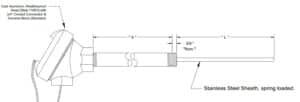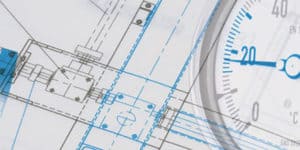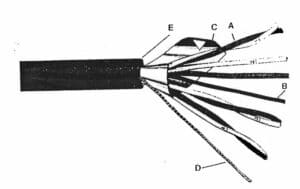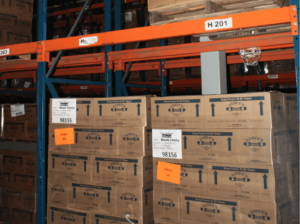Metrology Glossary: RTD Simulator
What Is A RTD Simulator?
A RTD simulator mimics the function of a resistance temperature detector (RTD), which measures temperature by tracking changes in a metal’s electrical resistance. These simulators, using wire windings or thin-film, recreate the resistance shift seen in RTDs. Wire windings involve wrapping a high-temperature coefficient of resistance (TCR) metal wire around a mandrel, while thin-film consists of depositing a TCR metal film on a substrate. A potentiometer or variable resistor governs the simulator’s resistance, aligning it with a RTD’s resistance at a specific temperature. By substituting the RTD with the simulator in a temperature control system, it acts as if monitoring the actual RTD, making it valuable for testing and calibration purposes.
What Are RTD Simulators Used For?
- Testing and Calibration: RTD simulators streamline the testing of temperature control systems, sparing the need for physical RTDs. They efficiently replicate diverse temperature scenarios, ensuring a thorough assessment of system responsiveness and accuracy. This accelerates issue identification, guaranteeing optimal performance before real-world deployment.
- Development and Debugging: RTD Simulators are often used for temperature measurement circuit development. They enable engineers to assess functionality and accuracy by injecting simulated resistance values, expediting development cycles and simplifying troubleshooting without relying on actual temperature changes.
- Research and Development: In fields like thermal engineering and material science, RTD simulators are crucial. They provide researchers with a controlled environment to study RTD behavior, fostering innovation in temperature measurement and control technologies.










